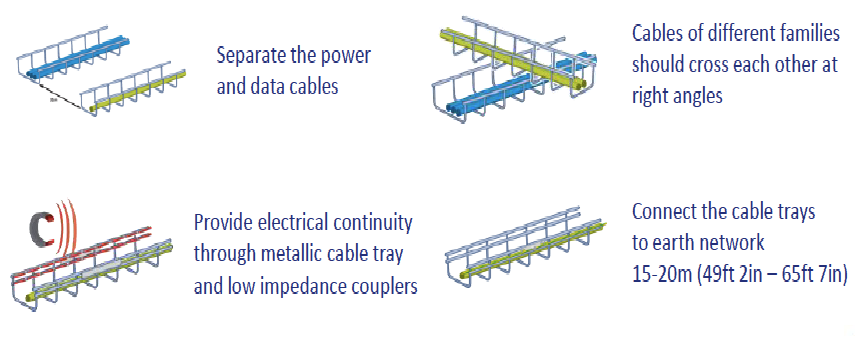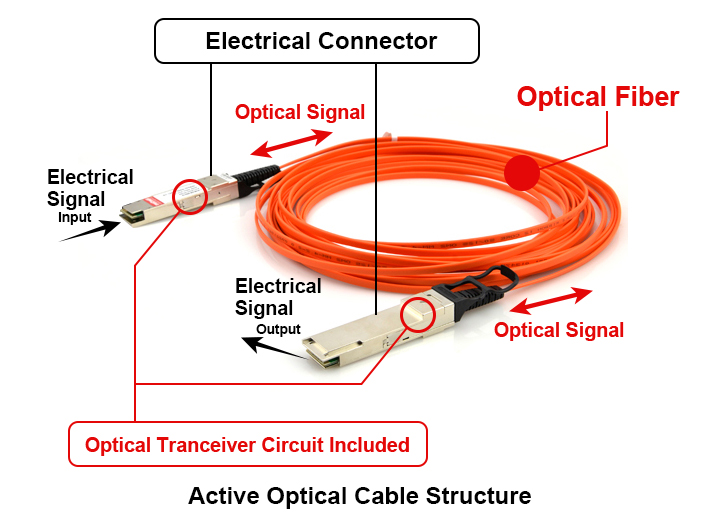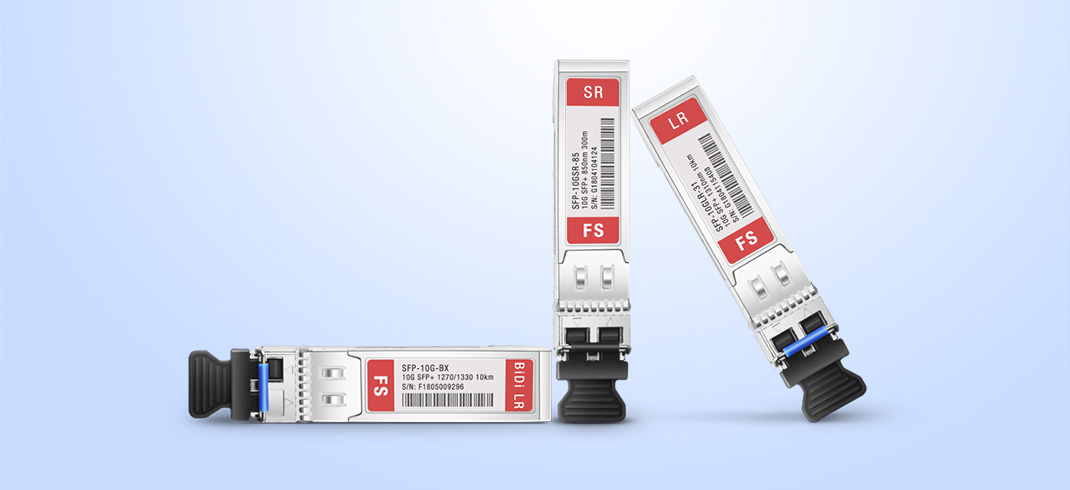Cable Management Systems(CMS) in data center
Have you ever thought about the number of connections required in a data center? Let it be power cables or networking cables. It depends on the number of connections required in each device, electric connections required for each of the racks or devices. The amount of cables to be pulled is massive, right? Have you






